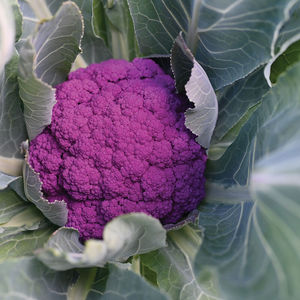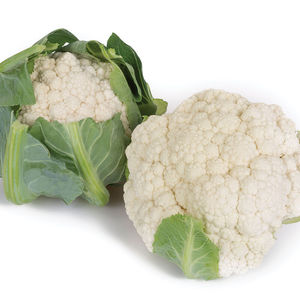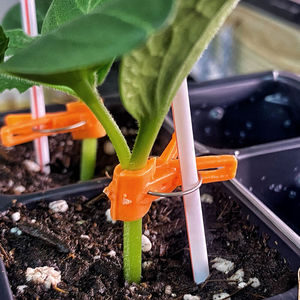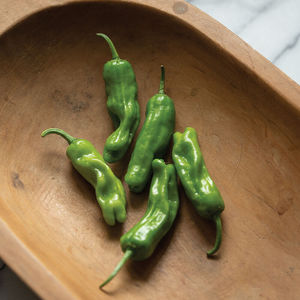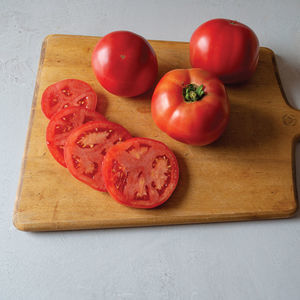
Early lettuce seed Sunlandmosaic virus resistantsummer
Add to favorites
Compare this product
Characteristics
- Maturity
- early
- Disease resistance
- mosaic virus resistant
- Harvest season
- summer
Description
New! Heat-tolerant romaine for heads and hearts.
Earlier and more compact than Sparx, with thicker, more savoyed leaves. Selected for summer performance, with improved yield and consistency. Maintains straight ribs and a tight, clean base for a nice presentation post-harvest. Plant Variety Protected. U.S. Plant Patent #10,959,387. MT0-30.
Disease Resistance:
• Corky Root (Intermediate)
• Tomato Bushy Stunt Virus (High)
Specs:
• Packet: 500 seeds
• Avg. 370,600 seeds/lb
SCIENTIFIC NAME:
Lactuca sativa
CULTURE:
Lettuce is a hardy, cool-weather crop and can be planted with your earliest worked soil. It grows best at 60–65°F (16–18°C) and germinates best below 70°F (21°C), so careful variety selection is key for success in hotter weather. Sow every 2–3 weeks for a continuous supply of either full heads or salad mix.
THERMAL DORMANCY:
Lettuce seed can enter thermal dormancy when exposed to high temperatures. Optimum germination results at soil temperatures of 60-68°F (16-20°C). The priming process in pelleted lettuce seeds broadens the temperature range in which the seeds will germinate, overcoming some of their thermal dormancy.
TRANSPLANTING for HEAD LETTUCE:
3–4 weeks before field planting, sow in 128-cell trays barely covered with vermiculite or fine soil. If necessary, utilize shade and frequent misting to keep trays cooled below 75°F (25°C) during germination. Young plants properly hardened at least 3–5 days before planting can survive temperatures as low as 20°F (-6°C). Transplant iceberg, romaine, and butterhead lettuce 10–12" apart in rows 15–18" apart, other types 8–10" apart in rows 12–18", and mini heads as close as 6" in a grid.
Catalogs
Catalog 2024
208 Pages
Related Searches
*Prices are pre-tax. They exclude delivery charges and customs duties and do not include additional charges for installation or activation options. Prices are indicative only and may vary by country, with changes to the cost of raw materials and exchange rates.

















